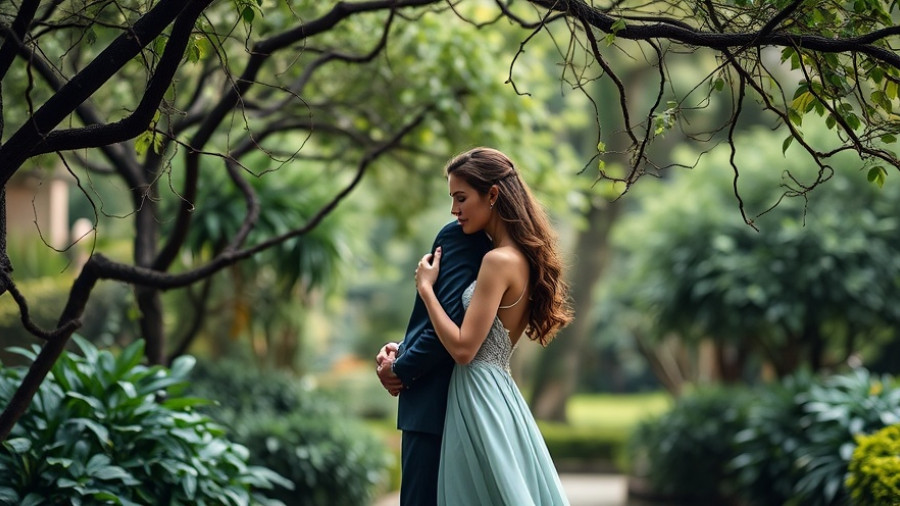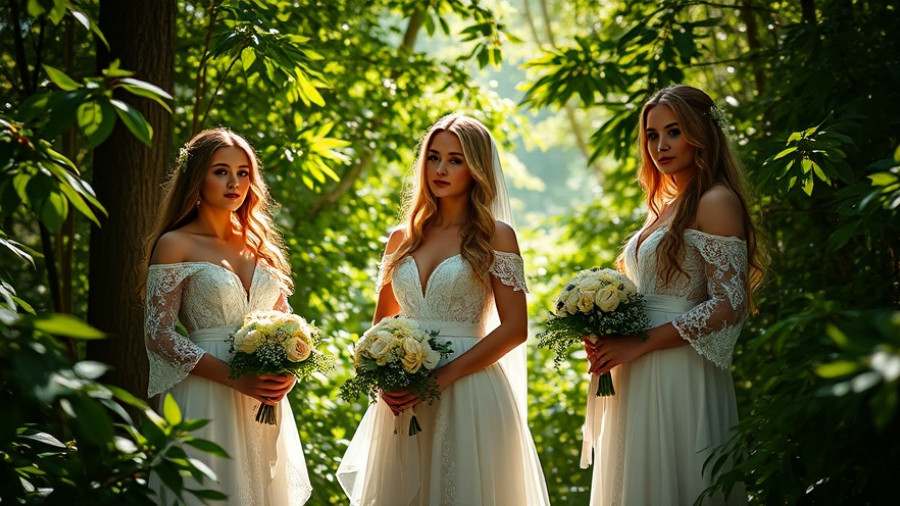
Planning a Bilingual Wedding: A Journey of Love and Culture
For couples from different linguistic backgrounds, planning a bilingual wedding can often feel daunting. However, with thoughtful consideration and a dash of creativity, you can orchestrate a celebration that unites not only two hearts but also two cultures. By navigating logistics, such as understanding language preferences and incorporating traditions from both families, you can ensure that all your guests feel genuinely included.
Understanding Your Audience: Which Languages Matter?
The first step in planning a bilingual wedding is to identify the languages to be used during the ceremony and reception. Consider your primary communication language as a couple and the languages spoken by your closest family and friends. It's essential to foster an environment where everyone feels comfortable, as highlighted in Inside Weddings and Shine Wedding Invitations, which recommend sending bilingual invitations. This early step not only sets the tone for the event but also informs guests of the cultural fusion they can expect.
Inclusive Ceremony: Making It Memorable for Everyone
The wedding ceremony is undoubtedly the heart of your big day. To make it inclusive, opting for a bilingual officiant can work wonders, enabling the smooth flow of the proceedings while ensuring all guests can follow along. You can alternate between languages for key moments or choose to read vows in both. This is not only a heartfelt gesture but a beautiful way to honor each other’s heritage. The perception that translations need to be exhaustive is a common misconception; shorter readings are often more effective and engaging for a diverse audience.
Thoughtful Speeches: Bridging Language Barriers
At the reception, speeches are a cherished opportunity to express love and gratitude. Many bilingual speakers fluidly switch between languages, making the atmosphere lively and inclusive. To enhance this aspect, hiring a translator can ensure that everyone understands the sentiments expressed. This aligns with tips from Shine Wedding Invitations, which emphasize the importance of ensuring all attendees can appreciate the heartfelt moments of the day.
Translating Traditions: The Heart of Bilingual Celebrations
Infusing elements from both cultures is a way to celebrate your union go beyond language. This could involve traditional songs, food, and even rituals. For instance, serving dishes from both cultures not only satiates varied palates but also enriches the experience for your guests. Consider adding fun facts about each culture on your wedding website, allowing guests to immerse themselves in your shared journey.
Practical Tips: Resources for Your Bilingual Wedding
Whether you are searching for wedding venues or coordination services, seeking bilingual wedding planners and vendors can significantly streamline the process. Look for venue options that resonate with both cultural backgrounds, such as stunning outdoor wedding venues or cozy barn settings, ensuring the ambiance is as welcoming as the couple’s ethos.
Celebrate and Educate: Creating a Cultural Exchange
A bilingual wedding is more than just an event; it’s an educational experience. Encourage family members to learn a few phrases from each other's languages—this not only enhances communication but builds bridges between families. Sharing cultural stories can engage guests and create lasting connections that extend beyond just a wedding date.
Conclusion: Your Love Story, Uniquely Told
One of the most beautiful aspects of a bilingual wedding is the enriched storytelling it allows. Through careful planning and heartfelt gestures, you can create a celebration that honors both your individual heritage and your partnership. Remember, it's not about perfection; it's about creating an atmosphere where everyone can share in the joy of your union. So, as you embark on this enchanting journey, let each detail echo the love you've found, shaping a day that everyone will cherish forever.
 Add Row
Add Row  Add
Add 




Write A Comment